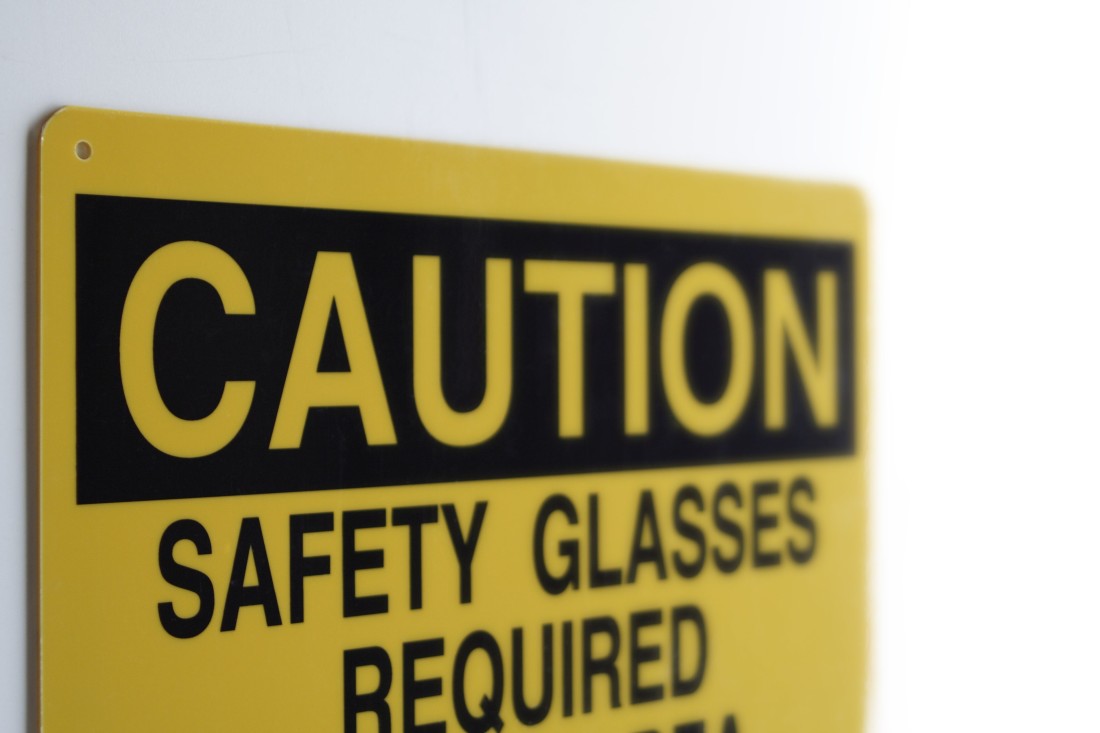
Michigan Labor & Employment Law Blog
 Regardless of working environment, be it a construction site or retail store, employers have a responsibility to provide workers with a safe place to work, and workers, likewise, must adhere to workplace health and safety guidance. Nonetheless, accidents, injuries and illnesses occur in the workplace.
Regardless of working environment, be it a construction site or retail store, employers have a responsibility to provide workers with a safe place to work, and workers, likewise, must adhere to workplace health and safety guidance. Nonetheless, accidents, injuries and illnesses occur in the workplace.
According to the latest statistics available from the Occupational Safety and Health Administration (OSHA), 5,190 workers were killed on the job in 2016 in the United States, which works out to more than 99 a week or more than 14 deaths every day. In Michigan, there were 162 on-the-job fatalities in 2016. Both in Michigan and nationally, far more nonfatal than fatal incidents occur in workplaces of all types and across all industries.
The rights and responsibilities of both employers and employees related to workplace safety arise under the Occupational Safety and Health Act (OSH Act), which Congress originally passed in 1970. The OSH Act has undergone several amendments and revisions since its inception, but it is still in place “to assure so far as possible every working man and woman in the Nation safe and healthful working conditions to preserve our human resources.” OSHA is tasked with enforcing the OSH Act. In Michigan, the Michigan Occupational Safety and Health Administration (MIOSHA) is a state government agency that regulates workplace safety and health by setting and enforcing occupational safety and health standards.
The OSH Act covers all employees except public employees in state and local governments and those who are self-employed. Public employees in state and local governments are covered by their state’s OSHA-approved plan, as applicable.
What are an Employer’s Responsibilities?
Michigan employers covered by the OSH Act must, broadly speaking, provide employees with jobs and workplaces free from recognized hazards that are causing, or are likely to cause, death or serious physical harm. They must also comply with OSHA and MIOSHA statutory requirements, standards and regulations, which include the responsibility to:
- Report each employee death to OSHA
- Report each work-related hospitalization, amputation, or loss of an eye
- Maintain injury and illness records
- Inform employees how to report an injury or illness to the employer
- Make records available to employees
- Allow OSHA access to records
- Post annual summary of injuries and illnesses
- Provide training required by OSHA standards
- Provide medical exams when required by OSHA standards and provide employees access to their exposure and medical records
- Not discriminate against employees who exercise their rights under the OSH Act
- Post OSHA citations and hazard correction notices
What are an Employee’s Rights?
The OSH Act grants employees a number of rights related to workplace safety, including the right to:
- Know about hazardous chemicals
- Information about injuries and illnesses
- Complain or request corrections without fear of discharge or discrimination
- Receive information and training about hazards, methods to prevent harm, and OSHA standards that apply to their workplace
- Examine exposure and medical records
- File a confidential complaint with OSHA
- Participate in OSHA inspection and speak in private with the inspector
- Be free from retaliation for exercising safety and health rights
Four Key Elements of an Effective Health and Safety Program
Michigan employers that hope to maintain safe and healthy workplaces that are MIOSHA-compliant should primarily focus their efforts in the following four areas.
- Management commitment and employee involvement. Active, engaged leadership from the top is critical to workplace safety. Management must set and enforce standards, and allocate the resources necessary to implement health and safety programs. At the same time, employees, whose health and safety will be affected by decisions made by management, should be encouraged and empowered to be involved in planning and implementation. A written workplace policy should be established that clearly defines program goals and objectives, and assigns responsibility and accountability to those charged with policy enforcement.
- Worksite analysis. Employers should conduct a thorough worksite analysis to document and mitigate risks of workplace injury. The purpose of a worksite analysis is to identify all existing hazards and conditions that might create new hazards. An efficient program involves active and frequent analysis of the work and the worksite to anticipate and prevent harmful occurrences.
- Hazard prevention and control. Employers must not only take steps to design jobs and job sites that are free from hazards, but plan for the eventuality that hazards will arise. In such situations, employers must take active steps to control hazards in order to prevent unsafe and harmful exposure. Elimination or control of hazards must be accomplished in a timely manner.
- Safety and health training. One of the best ways to prevent workplace injury is to train management and employees about health and safety issues. Effective training addresses the health and safety responsibilities of all personnel. Training objectives should include ensuring that all employees understand the hazards to which they may be exposed and how to prevent harm to themselves and others. Managers should be trained to understand their important roles in overseeing and enforcing health and safety responsibilities.
What Employers Should Know About MIOSHA Inspections
MIOSHA has the authority to inspect a workplace and issue citations and impose penalties for violations of government safety regulations. Inspections are conducted in situations such as:
- When imminent danger is at issue
- When a fatality or hospitalization occurs
- In the event of employee complaints or referrals
- Targeted inspections—Local Emphasis Program (LEP), National Emphasis Program (NEP), particular hazards or industries
- Follow-up inspections
The Act authorizes MIOSHA compliance safety and health officers to conduct workplace inspections at reasonable times. However, employers rarely, if ever, know when an inspection is coming. Except in rare cases, such as in a situation involving imminent danger, MIOSHA conducts inspections without advance notice. In fact, anyone who tips off an employer about a MIOSHA inspection in advance is subject to fines and jail time.
Conclusion
There is a great deal employers must know about MIOSHA compliance and workplace health and safety. The first and most effective step in creating a safe working environment is careful planning and training of managers and employees so that they understand their rights and responsibilities, and what actions they can take to protect themselves and those around them.
If you have any questions about OSHA, MIOSHA, and what actions you, as an employer, can take to reduce risk in your workplace, please contact Frank Mamat at 248.539.9919 or at fmamat@fosterswift.com. Frank focuses his practice on complex labor issues, with a special focus on union matters, contract negotiations, unfair labor practice litigation and Federal and State OSHA matters among others.
